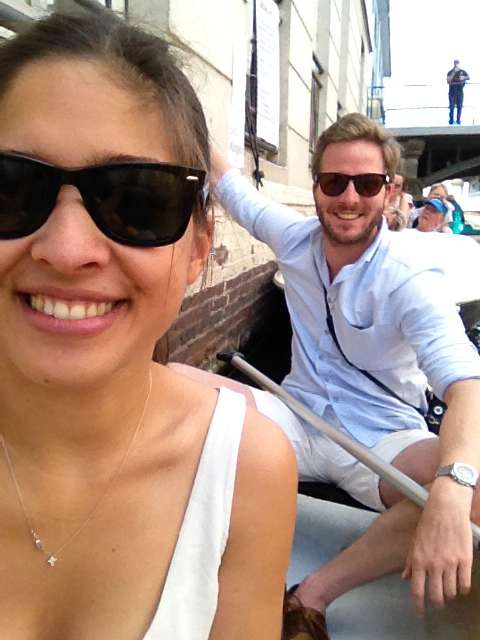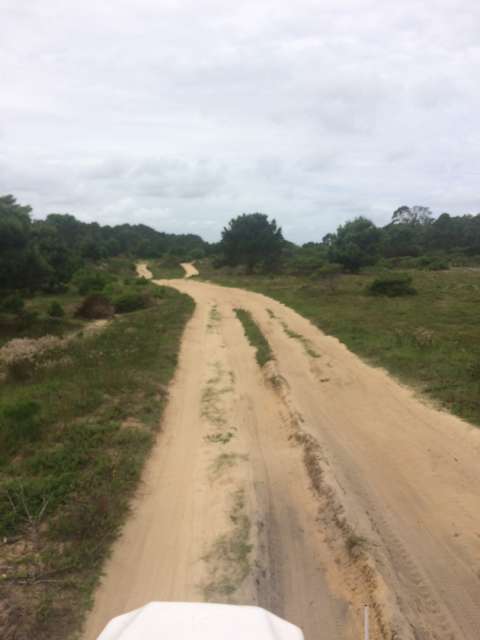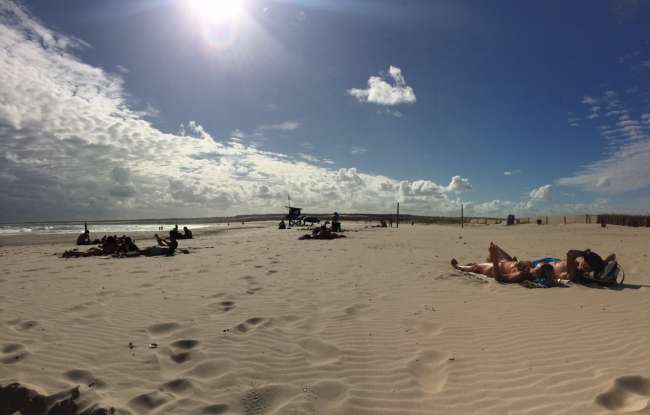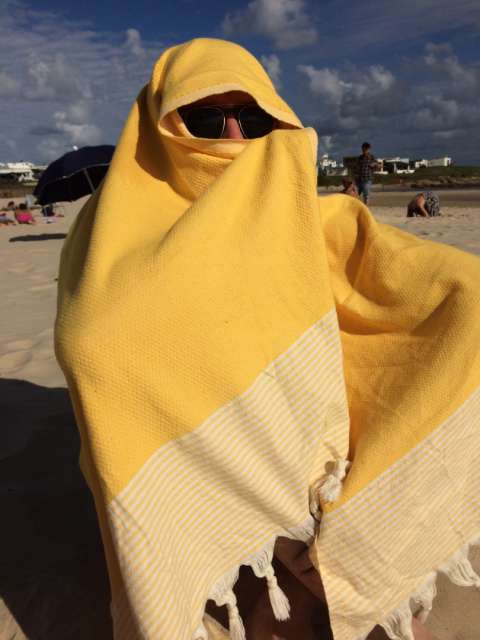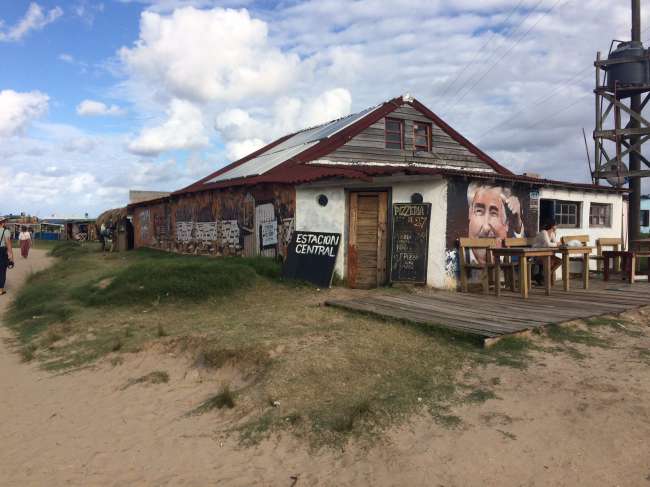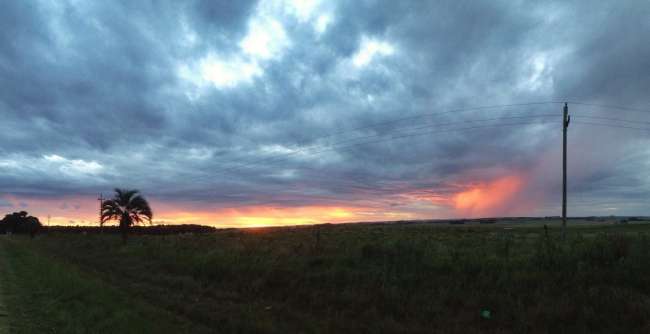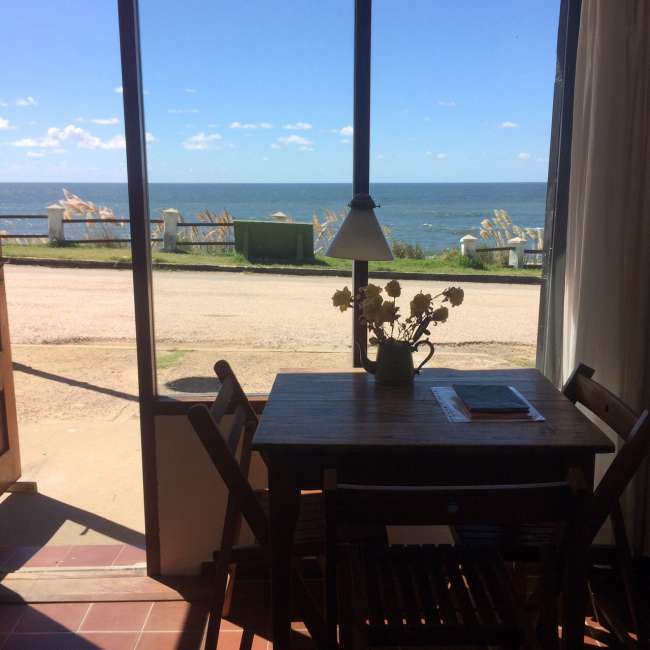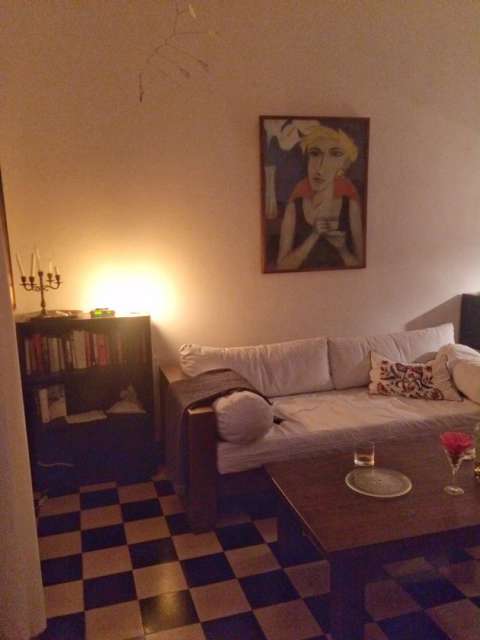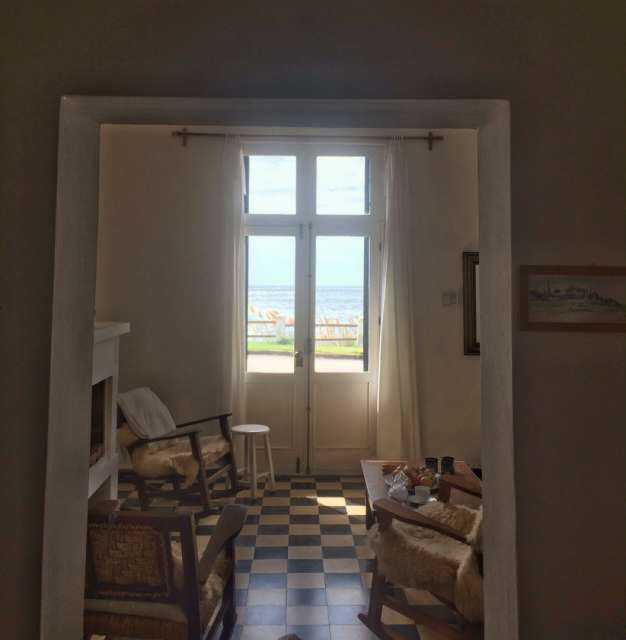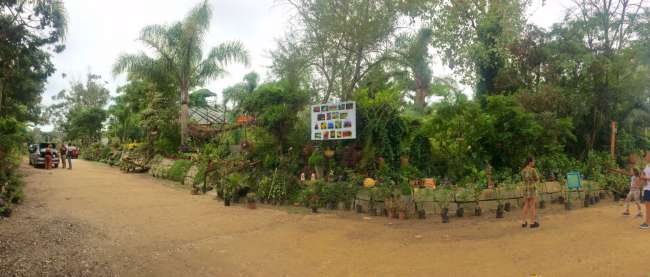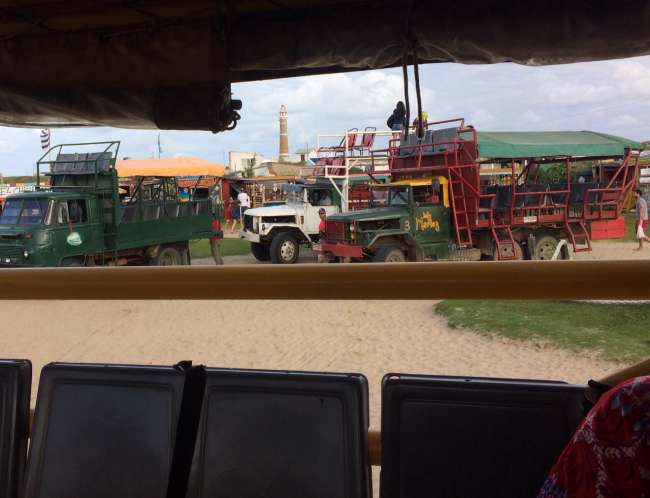La Rambla, La Pedrera
Argitaratu: 05.03.2017
Harpidetu Buletinera
After several moves, we finally arrived at the apartment on La Rambla (coastal road). The apartment was originally the garage of the house but was converted into a nice little apartment that can be rented as a vacation rental. We are well taken care of here. There is breakfast with a view of the sea or dinner at the large dining table in Ortrud and Jörg's house. They bought the house in 1999/91, shortly before they were to move back from Argentina to Germany, in order to maintain a connection to South America. The family had also vacationed here before. Since the beautiful house is located directly on La Rambla on a hill, it is unfortunately very exposed to the extreme weather conditions, so something always needs to be repaired. Accordingly, more work is done here and less time is spent in the sun.



Since the weather has been rather bad in the last few days, we had to find other ways to pass the time. One trip took us to the nearest town, La Paloma. There is a larger supermarket, an ATM, and - the most impressive - a very large garden center. There you can get pretty much any plant.

Yesterday, we decided to drive to Cabo Polonio. Cabo Polonio is a small fishing and bathing village on the Atlantic coast of Uruguay. Mistakenly, the place has nothing to do with Polonia (Poland). The name comes from Juan Díaz de Solís, who discovered the peninsula in 1516 during his expedition in search of a sea route to India and named it Cabo Apolonio (Apollo Cape). Over time, this became known as Cabo Polonio. The village is part of one of the wildest and most unspoiled regions of Uruguay, located in a nature reserve.
Accordingly, the journey is adventurous, as only the few residents are permitted to drive in with a car. All others have to climb onto the loading area of one of the offered trucks/pickups at a kind of bus terminal, where wooden benches are placed. The whole thing strongly resembles African safari tours. On this safari wagon, you then travel about 7 kilometers over a sandy track (sand dunes) and along the beach to Cabo Polonio. In the past, you could apparently only get there by horse-drawn carriages. Nowadays, there seem to be too many tourists who don't want to miss out on visiting the place.
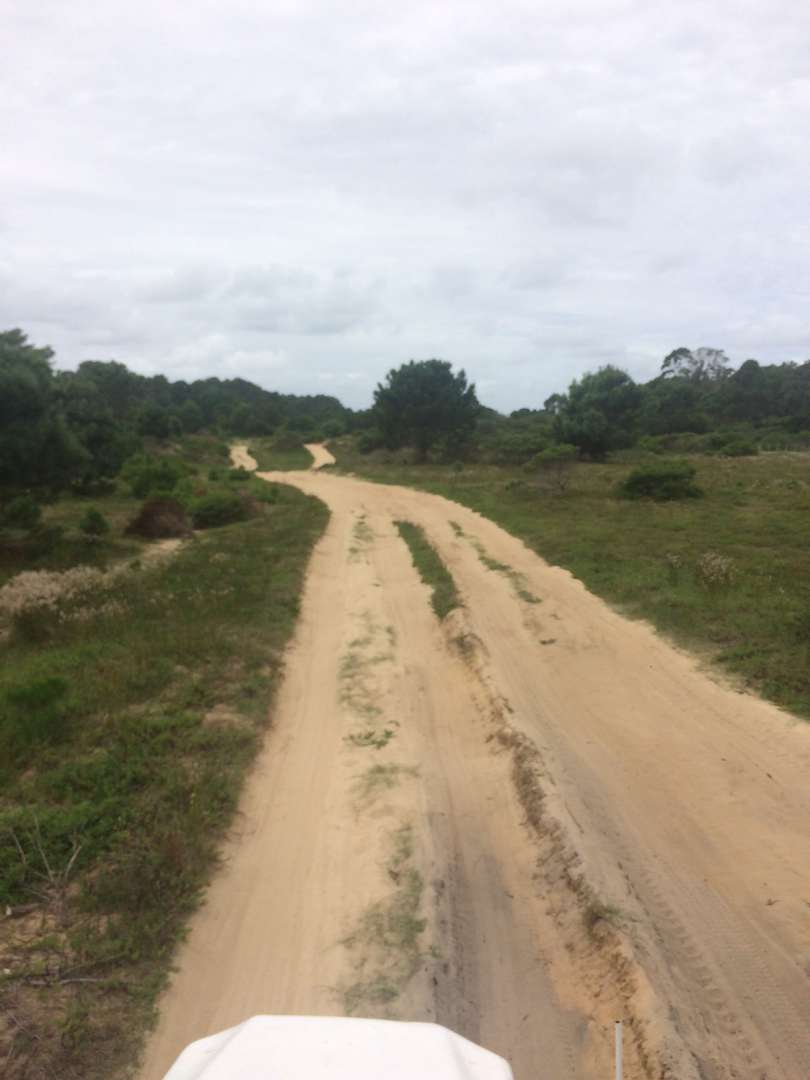
The way to Cabo Polonio
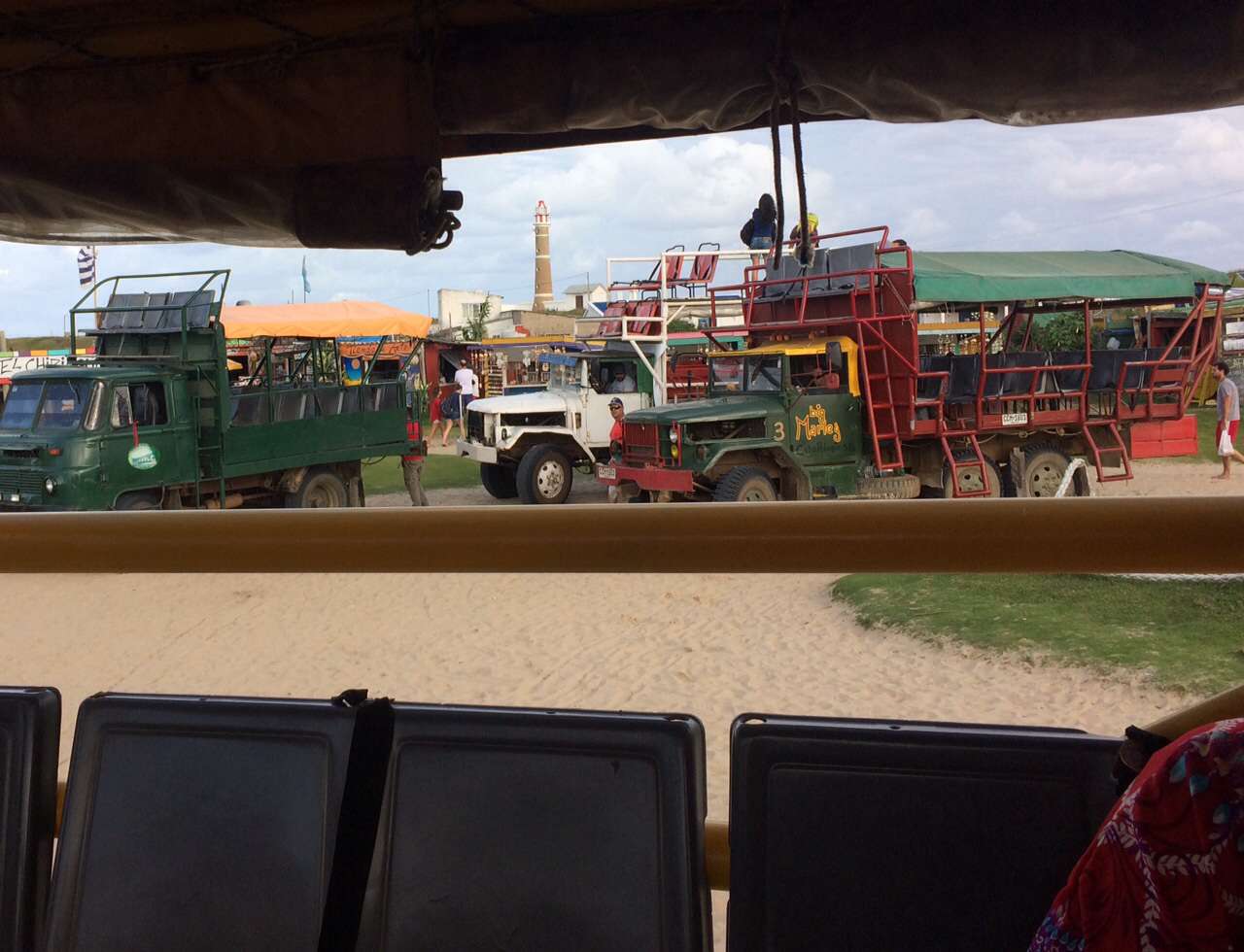
The village itself consists of many differently assembled simple houses that don't have running water or electricity. The only power line leads directly to the lighthouse. Nevertheless, there are numerous restaurants and cafes where we got a delicious pizza, among other things. By the way, sea lions also live there.


Beach in Cabo Polonio
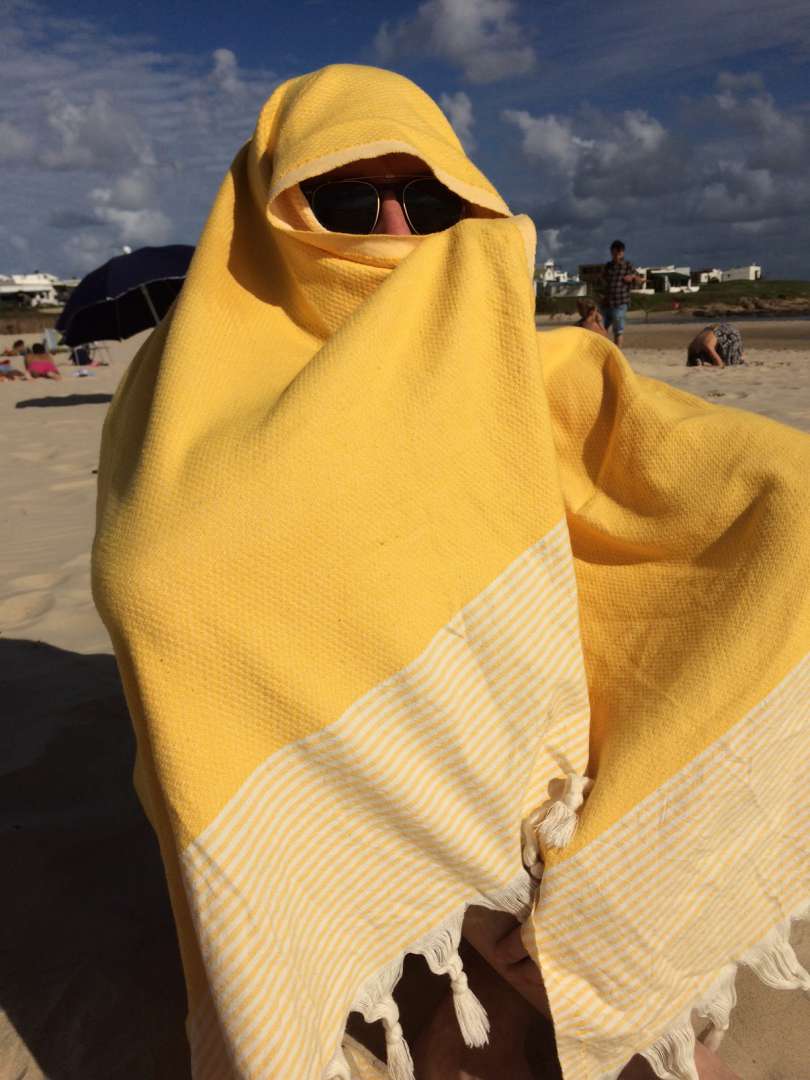
On the way back, we saw a beautiful sunset.

Harpidetu Buletinera
Erantzun

